About 30 kilometers south of Cairo, in the middle of the yellow desert sand, is the pyramid cemetery of Dahshur. For nearly 1000 years it served as the final resting place of pharaohs and their senior officials.
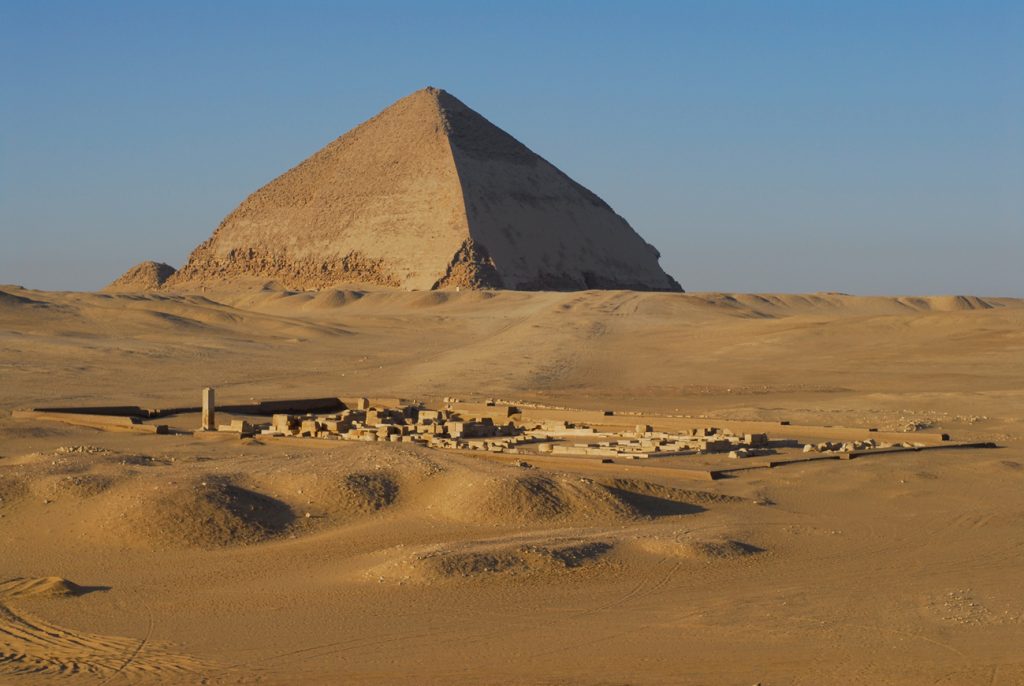
The Cairo department of the DAI has been working in Dahshur since 1975. In addition to examining the pyramid of Pharaoh Amenemhet III from the Middle Kingdom and the tombs of the high officials, a focus of the research is the two pyramids of Pharaoh Sneferu of the Fourth Dynasty (around 2600 BC): the Bent Pyramid and the subsequently built Red Pyramid.
In recent years, the causeway to the valley temple of the Bent Pyramid and the neighboring harbor basin were able to be examined more closely. Also of note was the discovery of a garden at the valley temple in which the tree holes with remains of roots are still well preserved.
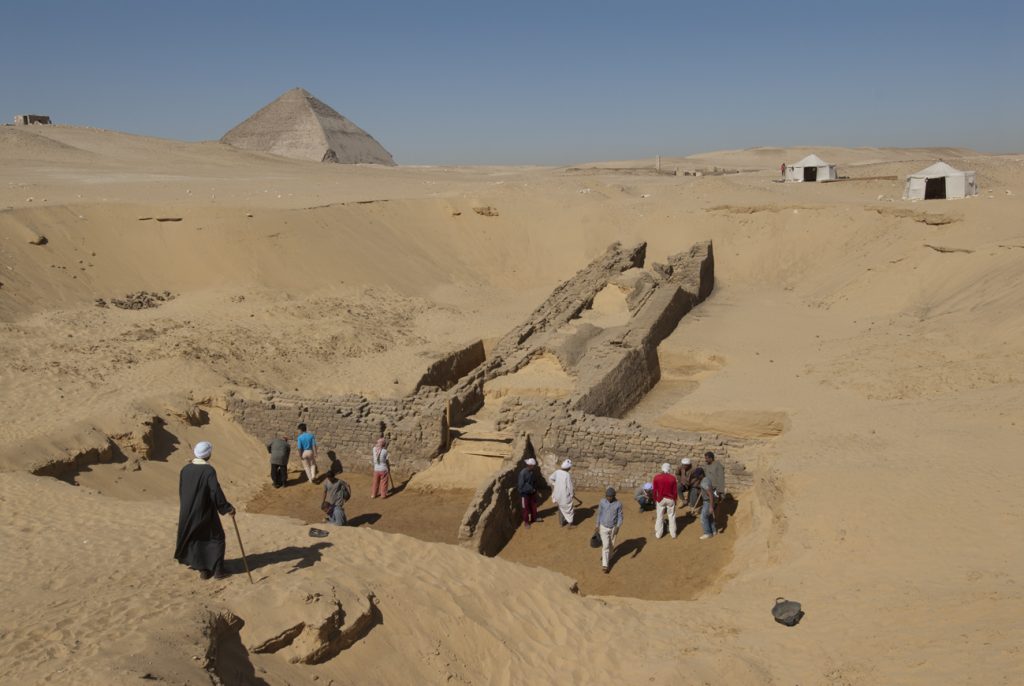
Only in the Sixth Dynasty (around 2300 BC) were clay brick vaults built to cover the lower causeway to the Bent Pyramid (Photo: D. Blaschta, DAI Cairo) 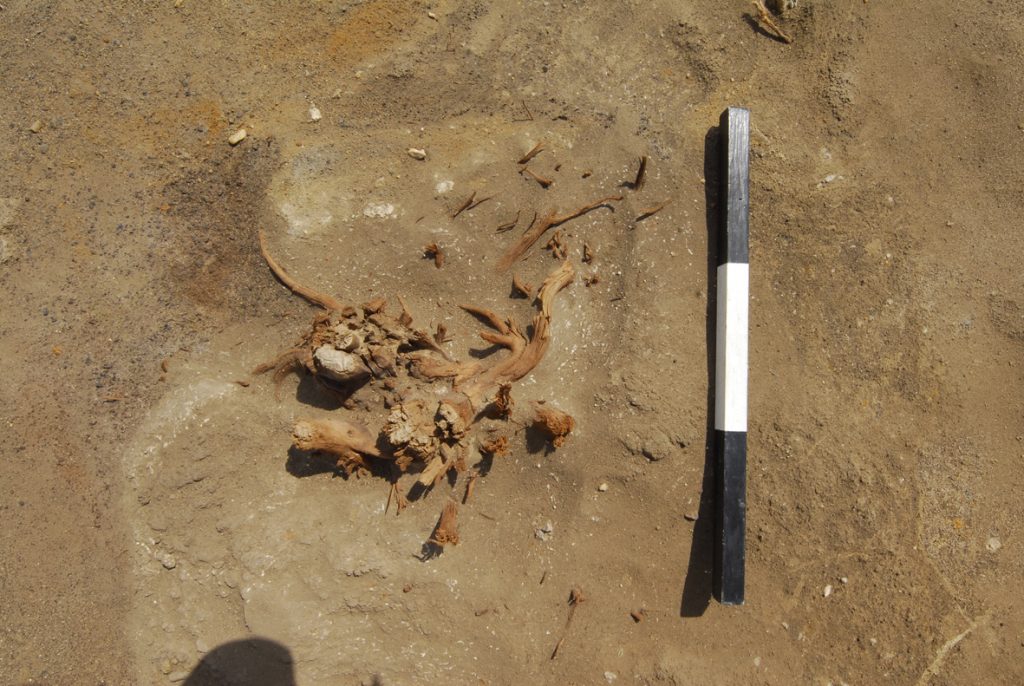
Remains of a cypress in a tree pit (Photo: J. Pinke, D-DAI-KAI-DAH-2014-JP-6400) 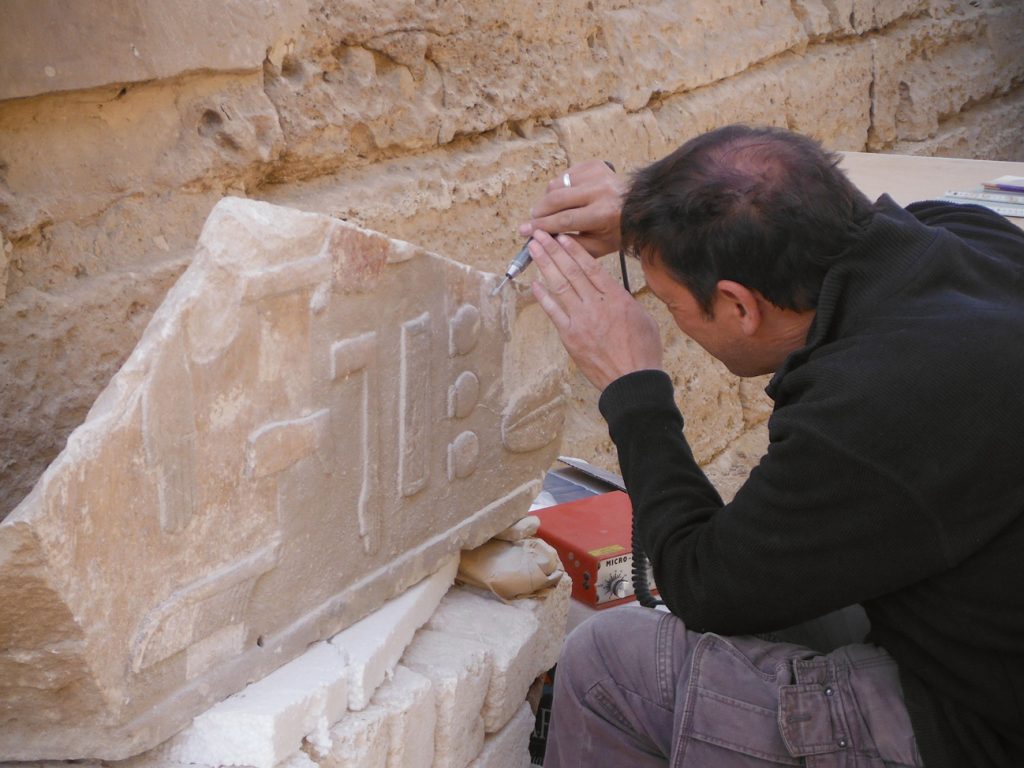
The relief surfaces were painstakingly cleaned and freed of salt residue (Foto: N. Alexanian, DAI Cairo) 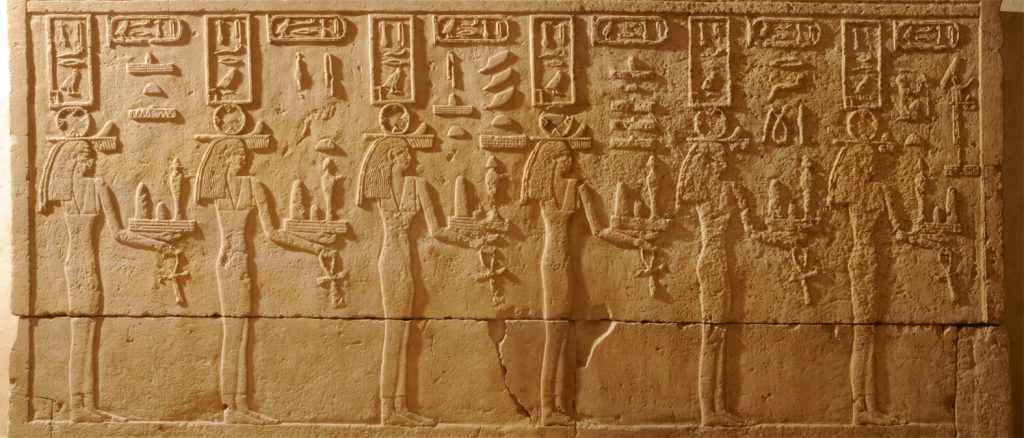
The reliefs in the valley temple of the Bent Pyramid show female figures bearing offerings for the king (Photo: Ahmed Amin, DAI Cairo)